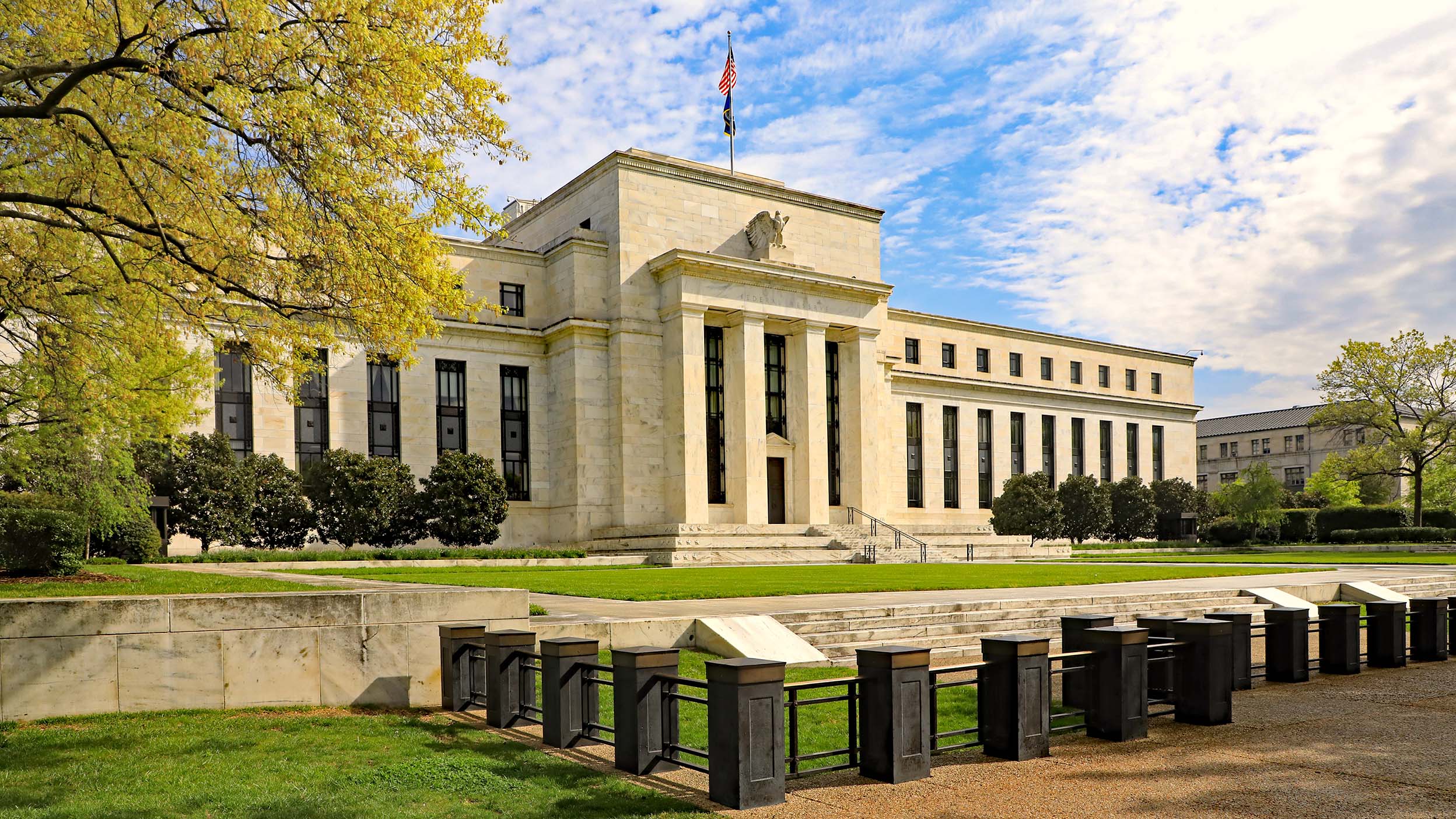
Markets and Economy Will high tariffs push the US into recession?
As a trade war rages, a massive market sell-off in the US and around the world raises many questions for investors.

No surprise, the Federal Reserve (Fed) cut interest rates by 25 basis points at its December meeting.
The big surprise was the “dot plot” change for 2025, which projects only 50 basis points in cuts next year.
The Fed now expects core Personal Consumption Expenditures to be 2.5% at the end of next year.
No surprise, the Federal Reserve (Fed) cut rates by 25 basis points at its December meeting. But the big surprise was the “dot plot” change for 2025, which shows that the Fed now expects only 50 basis points in cuts next year rather than the previous 100 basis points.
I stand by my view that the Fed should have held rates steady at this meeting, especially if they only plan to cut twice next year. It appears we may have lost some valuable dry powder that could have been deployed next year if need be.
The Fed seems to think inflation will prove stickier than it expected just a few months ago, as indicated by its upward revision to inflation expectations for year-end 2025. The Fed now expects core Personal Consumption Expenditures (its preferred measure of inflation) to be 2.5% at the end of next year, up from the 2.2% that it projected at its September meeting.
And as I've said before, US economic growth has proven to be more resilient than the Fed expected. The Fed now expects gross domestic product growth — a key measure of economic output — to be 2.1% for 2025, up from September's forecast of 2.0%.
Given the Fed’s changing projections for next year, I’d say this is definitely a hawkish cut. On the bright side, the Fed has cut more than it did during the ’95-’96 easing cycle, when the US economy avoided recession and experienced strong growth.
In his press conference, Fed Chair Jay Powell explained today's cut is a reaction to the weakening of the US labor market. He referenced multiple times that the labor market today is looser than it was in 2019.
Powell said lower expectations for rate cuts next year reflect somewhat stickier inflation. This is how the Fed is managing its dual mandate to promote both maximum employment and stable prices.
As Powell spoke to reporters, markets reacted to the major reduction in expected easing next year: The 10-year US Treasury yield spiked, the US dollar spiked, and stocks fell in reaction to the news.
I can't help but remind market-watchers that dot plot forecasts can be incredibly inaccurate. In December 2021, the Fed’s dot plot anticipated less than 100 basis points in hikes for 2022. We subsequently got more than 400 basis points in hikes that year.
Before the meeting, I expected about four rate cuts by the end of 2025. I still think we’ll see about 75 basis points in cuts, or even a little more. We could see more disinflationary progress in the coming months. The disinflationary process can be lumpy and bumpy — it’s nothing if not imperfect.
One takeaway from this press conference is to pay close attention to the labor market going forward given Powell's multiple comments today. While loosening has been orderly thus far, the Fed is clearly concerned about it.
Source: Bank of Canada press release, Dec. 11, 2024
Source: Reuters, “ECB governors back more rate cuts if inflation settles at goal,” Dec. 13, 2024

As a trade war rages, a massive market sell-off in the US and around the world raises many questions for investors.

With policy uncertainty rattling markets and consumer sentiment, it’s important to remember the market's long-term growth throughout its history.

There are signs of softening global growth prospects and rising economic policy uncertainty, plus a tectonic shift in fiscal stimulus around the globe.
Important information
NA4109446
Image: Thomas Barrat / Adobe Stock
All investing involves risk, including the risk of loss.
This does not constitute a recommendation of any investment strategy or product for a particular investor. Investors should consult a financial professional before making any investment decisions.
A basis point is one-hundredth of a percentage point.
Inflation is the rate at which the general price level for goods and services is increasing.
Disinflation, a slowing in the rate of price inflation, describes instances when the inflation rate has reduced marginally over the short term.
Monetary easing refers to the lowering of interest rates and deposit ratios by central banks.
The Federal Reserve’s “dot plot” is a chart that the central bank uses to illustrate its outlook for the path of interest rates.
Core Personal Consumption Expenditures measure the price changes of consumer goods and services, excluding food and energy prices. It is reported by the US Department of Commerce’s Bureau of Economic Analysis.
The opinions referenced above are those of the author as of Dec. 18, 2024. These comments should not be construed as recommendations, but as an illustration of broader themes. Forward-looking statements are not guarantees of future results. They involve risks, uncertainties and assumptions; there can be no assurance that actual results will not differ materially from expectations.
This link takes you to a site not affiliated with Invesco. The site is for informational purposes only. Invesco does not guarantee nor take any responsibility for any of the content.